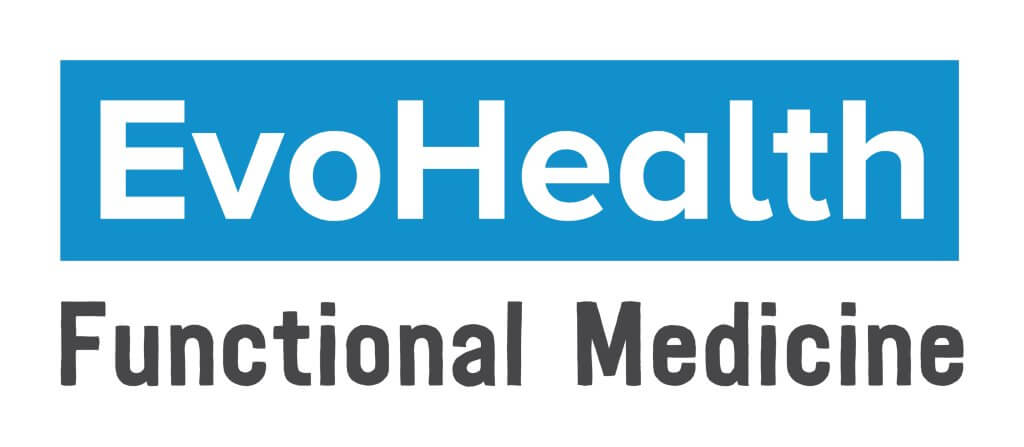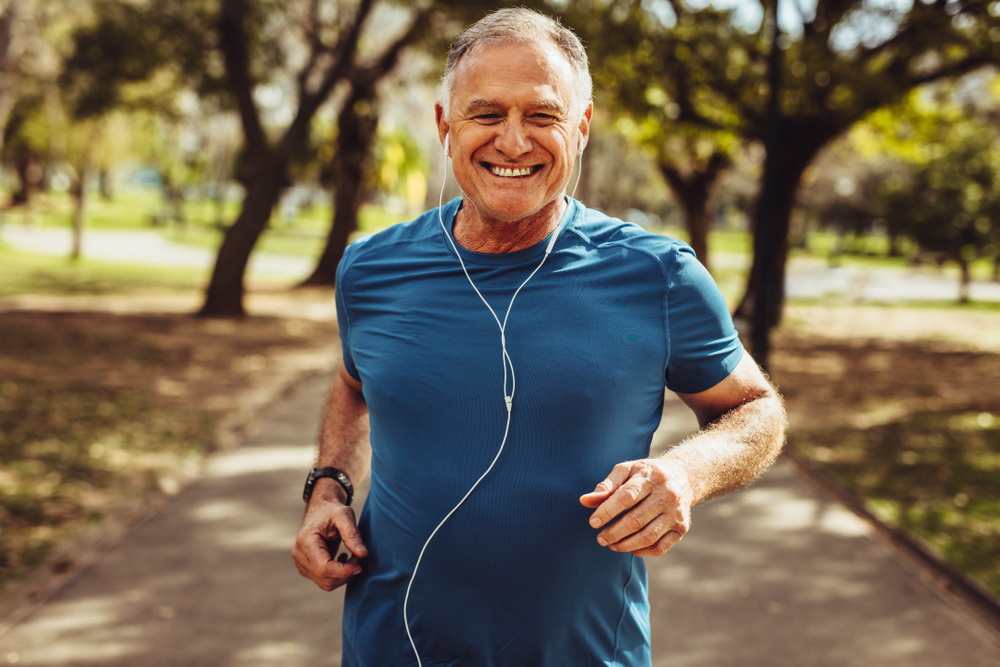Why Kansas Longevity Clinics Are Centering Around Zone 2
At functional and longevity-focused clinics in Kansas — including EvoHealth Functional Medicine and others integrating personalized health optimization — Zone 2 training is central to building metabolic resilience. Why? Because it targets the root of aging and metabolic decline: mitochondrial dysfunction.

The Physiology: How Zone 2 Changes You at the Cellular Level
Zone 2 training initiates key adaptations:
-
Mitochondrial Biogenesis: Exercise at this level increases both the number and efficiency of mitochondria, improving cellular energy production (ATP) through oxidative phosphorylation.
-
Enhanced Fat Oxidation: It improves the rate at which your body can burn fat for fuel, preserving glycogen and enhancing endurance.
-
Improved Lactate Clearance: Zone 2 upregulates MCT-1 transporters, which move lactate back into the mitochondria to be used as energy — delaying fatigue and increasing lactate threshold.
-
Increased Insulin Sensitivity: Through better glucose uptake and mitochondrial signaling.
-
VO2 Max Foundation: While VO2 max is improved through higher-intensity training, Zone 2 builds the aerobic base required to reach those higher levels.

The Experts Agree: Peter Attia, Indigo San Mulan, and Mitochondrial Optimization
Dr. Peter Attia, a leading voice in longevity medicine, calls Zone 2 training the “most important form of exercise for extending healthspan.” His protocols emphasize not just doing aerobic work — but doing it in the right physiological zone.
The team at Indigo San Mulan, a data-driven health optimization center, similarly highlights Zone 2’s impact on mitochondrial function and aging biomarkers, reinforcing its place as a cornerstone of long-term vitality.
How to Measure Your Zone 2 Training Intensity
There are three main methods:
1. Lactate Testing
-
Gold standard.
-
Requires fingerstick blood draws during exercise.
-
Target: Maintain lactate levels below 2.0 mmol/L.
2. VO2 Max Testing with Respiratory Exchange Ratio (RER)
-
Conducted in lab settings with a mask and metabolic cart.
-
Zone 2 is where RER < 0.85, meaning fat is still the dominant fuel.
3. Heart Rate Reserve (HRR) — The Most Practical and Effective Method
-
Calculate your Max HR (220 minus age).
-
Subtract your Resting HR to get Heart Rate Reserve.
-
Multiply HRR by 60-75%, then add back Resting HR.
-
This range is your Zone 2 heart rate.
Example for a 40-year-old with resting HR of 60:
Max HR = 180 → HRR = 120
60-75% = 72-90 → Add resting = Zone 2 = 132-150 bpm
HRR offers accessible precision without the cost of lab testing — which is why EvoHealth Functional Medicine use this method as the default.
How Much Zone 2 Do You Need?
-
Duration: 45-60 minutes per session
-
Frequency: 3-5 times per week
-
Format: Low-intensity cycling, treadmill walking on incline, rowing, or nasal-breathing jogs
Consistency, not intensity, drives mitochondrial adaptation.

Why Zone 2 Is the Foundation of Longevity at EvoHealth
In the landscape of Kansas longevity clinics, where patients seek metabolic health, disease prevention, and performance optimization, Zone 2 training is becoming as foundational as diet and sleep.
Whether you’re trying to:
-
Reverse metabolic dysfunction
-
Optimize insulin sensitivity
-
Improve cardiovascular health
-
Delay aging at the cellular level
— Zone 2 delivers across every metric.
Final Thoughts: Build Longevity From the Mitochondria Up
If you’re serious about increasing healthspan, VO2 max, and metabolic resilience, Zone 2 isn’t optional — it’s essential. Whether you’re training in Kansas City, Wichita, Overland Park, or Lawrence, longevity-focused clinics are now using Heart Rate Reserve-guided aerobic protocols to help patients unlock decades of added quality life.
Want help integrating Zone 2 training into your personalized longevity plan?
Reach out today! (785-448-8796)
